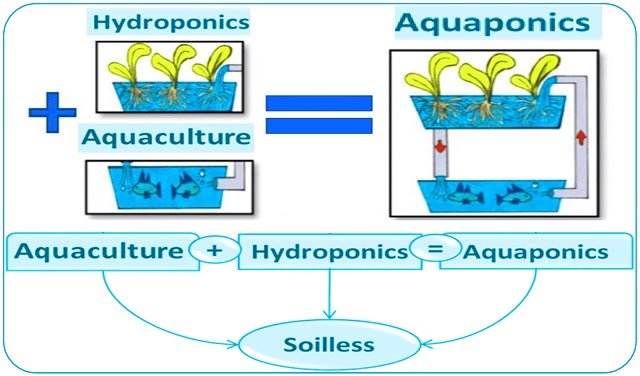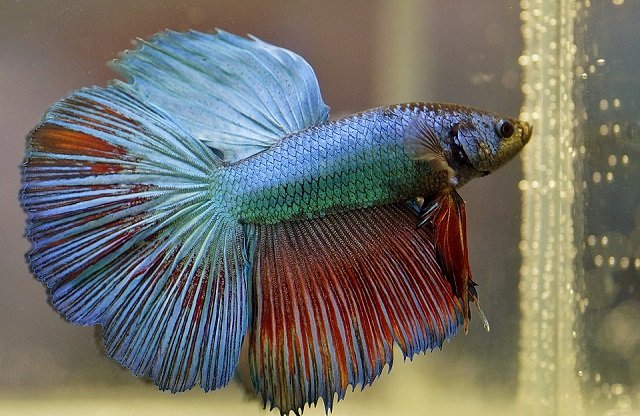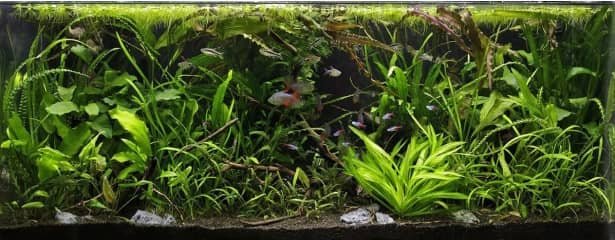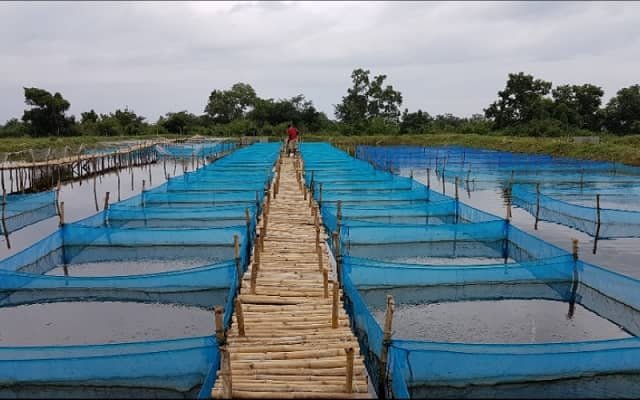By Gene V. Baquiran*
During this pandemic, it is good to note that fisherfolk especially those living near the rivers and seas still have the opportunity to go fishing for them to provide meals for their families.
But with Bureau of Fisheries and Aquatic Resources’ (BFAR) ‘aquaponics’ recently launched here, city dwellers need not to go to the nearest river or sea to fish if they can actually build their own aquaponics system.
Aquaponics is a combination of aquaculture and hydroponics that grows fish and plants together in one integrated system. This technology aimed at empowering communities to take control of their food security and give access to clean and healthy food while augmenting their income by converting a small space in their house into an agri-aqua-farm.
The technology can be valuable for everyone for it can be feasible whether you are in the city or in the province as long as resources are available.
Constructing aquaponics systems within their houses is an innovative ways of production in the urban areas where the use of cost-efficient urban aquaculture technology on solar-powered aquaponics system is introduced, BFAR Region 2 Dir. Milagros Morales said.
Specifically designed by technical experts of BFAR Central Office and downloaded to the regional offices, aqua technicians here made some modifications that fits to the actual weather condition of the region. While the required height of the tank for the fish from one meter to 1.5, it was modified into two meters depth to allow a cooler water temperature considering region 2’s hot climate during summer season.
BFAR has ready models to fit one’s need be it for large-scale, small scale or backyard aquaponics but for sure, under proper management and technical –know-how of the system, it will ensure that fish and vegetable supply is readily available.
Stay Always Informed
Join our communities to instantly receive the most important news, reports, and analysis from the aquaculture industry.
To fully showcase the project, the four cities in the region namely Santiago, Cauayan, Ilagan and Tuguegarao will soon have their own aquaponics model as BFAR has submitted the proposal to the central office subject to the approval of the Department of Budget and Management.
Morales said this is also seen to address hunger and food scarcity after the World Food Programme forecast that hunger and poverty will prevail by the end of 2020 due to pandemic brought by COVID-19.
Having an aquaphonics system, it enhances the status of food security and simultaneously improves the quality of food that one’s family eat because one is assured that the food is safe because they grow them themselves.
“We are ready to provide technical assistance as we have experts to assist interested adopteors,” Morales added.
For the part of the Department of Agriculture (DA), the Hydroponics technology has now been promoted and introduced all over the country as part of the Plant, Plant, Plant program.
*Source: Philippine Information Agency
Editor at the digital magazine AquaHoy. He holds a degree in Aquaculture Biology from the National University of Santa (UNS) and a Master’s degree in Science and Innovation Management from the Polytechnic University of Valencia, with postgraduate diplomas in Business Innovation and Innovation Management. He possesses extensive experience in the aquaculture and fisheries sector, having led the Fisheries Innovation Unit of the National Program for Innovation in Fisheries and Aquaculture (PNIPA). He has served as a senior consultant in technology watch, an innovation project formulator and advisor, and a lecturer at UNS. He is a member of the Peruvian College of Biologists and was recognized by the World Aquaculture Society (WAS) in 2016 for his contribution to aquaculture.




